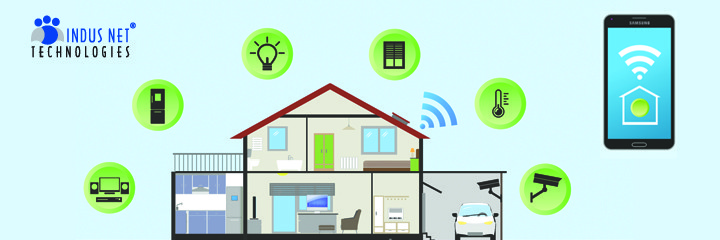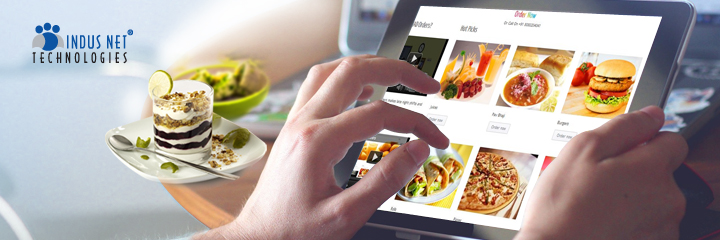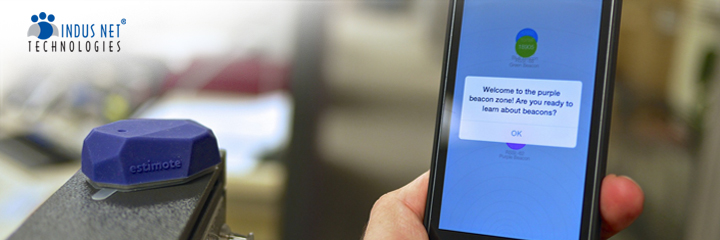
AODA Compliance Checklist You Must Know About
What is AODA? The Accessibility for Ontarians with Disabilities Act, 2005 (AODA) became law in 2005 and the legislation’s sole motive is to identify, remove and prevent barriers for people with disabilities. The landmark law, passed by the government of Ontario, Canada, applies to private, public, non-profit organizations with one or more employees that provide goods, services, facilities. The legislation has accessibility standards in five areas: Customer service Information and communication Employment Built environment Transportation Now, the AODA compliance requires organizations (of different sizes and strength) and people working across various verticals to follow these accessibility standards while doing business or even while interacting with people in public. The main purpose of the legislation is to improve the accessibility standards for people with disabilities in Ontario. The government wants Ontario to be fully accessible by 2025. This legislation makes business more accessible. As per the Royal Bank of Canada, people with disabilities are said to have a spending power of nearly $25 billion every year across Canada. People with disabilities also have a lot of hidden talent, which can be fully utilized after AODA. People with disability will receive the same goods and service at the same place at the same time as another person. This increases the customer base of a business. Did you know approximately 1.8 million Ontarians (15.5%) live with a disability? This is increasing as the population grows older. By 2026, approximately 16% of people in Canada will have a disability. According to this legislation, positive customer service needs to be provided to all persons (also with a disability) based on the principles of dignity, independence, equal opportunity and integration. By the end of 2017, companies with more than 20 employees will need to file an online compliance report with the government confirming their continued compliance with the AODA. AODA checklist An organization neglecting to agree to the AODA can be fined up to $100,000 every day. What’s more, the officers or executives of an organization can be fined up to $50,000 every day if found guilty. Now, organizations are not only compelled to enhance accessibility, but also are required to train the employees of that organization in AODA compliance. In case, the accessibility policy of the company changes, then the training procedures additionally needs to change. Also, the employees should have a proper knowledge of the Ontario Human Rights Code and how it can shield people with disabilities from being discriminated. If your digital entity is not following the AODA compliance, it’s time you do so to avoid any kind of legal obligations. Here are a few checklists for AODA compliance: Use of assistive devices by people with disabilities to access the business’ services and goods Form fields should be distinctly named on the websites Tables must be effortlessly clear from left to right, start to finish. Labels inside the table must be distinct. Captchas need to be visually-impaired friendly. Can use numbered and bulleted lists Videos should be accompanied by sign language content and also needs to be captioned appropriately Text ought to have the capacity to amplify Audio or any type of auto update content can be paused, stopped or controlled at whatever point needed On pressing the Tab eye, a visually-challenged individual should have the capacity to get through a page No content on the website should flash for more than three times The website should be able to function properly using the keyboard Training in AODA compliance should incorporate a review of the policies, practices, and techniques related to providing goods or services to people with disabilities. Training in AODA compliance on how to interact and communicate with people with various types of disabilities Public safety information ought to be made available to people with disabilities and signage should have Braille information Procedures in place with regards to service animals You need to post a notice on the premises or on the organization’s website. The notice should state that if there is any temporary disruption in the facilities that people with disabilities use to access goods or services of your companies. The notice should have the reason why there is a disruption, the time till which the disruption will happen and if there are any alternatives available. Page titles should be illustrative Walls in congested areas, corridors, and staircases are finished should have non-glossy finishes Inside the building, appropriate lighting should be installed so that all colours, and signage are identifiable The accessibility plan should be reviewed and updated at least once every five years Conclusion As mentioned above, Ontario has nearly 1.85 million people with disabilities, which is approximately equivalent to the entire populations of Manitoba, Saskatchewan and Alberta. AODA compliance rests on the core principles of dignity, integration, independence, and equality of opportunity. Through this AODA compliance, the government wants to create an ambience of equality, provide better opportunities to one and all and also increase business for organizations. It’s said that if a province becomes more accessible, then the gross domestic product will increase by as much as $600 a year per capita.








